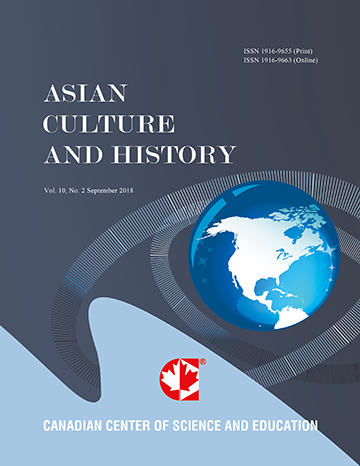The Impact of Cultural Diversity on Mosques in Malaysia
- Mansoureh Ebrahimi
- Kamaruzaman Yusoff
Abstract
According to Malaysia Town and Country Planning Guideline and Standards (2002), two major considerations related to mosque usage and management are sufficient areas for both building and adjacent open space. As a sacred place for prostration to Almighty God, individually or in groups, mosque architecture has evolved considerably, from very simple designs and functions to more sophisticated forms and layouts. In Malaysia, various races have significantly influenced mosque design and function. The present work describes this evolution in terms of well-known mosques via qualitative observations and documentation, from earliest to latest architectural developments. Our findings demonstrate that architectural evolution and/or transformation did not alter the mosque’s main function from an Islamic perspective. Nonetheless, designs and structure did benefit usage, to include the attraction of tourists.
- Full Text:
 PDF
PDF
- DOI:10.5539/ach.v10n2p45
Journal Metrics
Google-based Impact Factor (2017): 5.42
h-index (January 2018): 11
i10-index (January 2018): 21
h5-index (January 2018): 6
h5-median (January 2018): 9
Index
- Academic Journals Database
- CNKI Scholar
- COPAC
- EconPapers
- Elektronische Zeitschriftenbibliothek (EZB)
- Excellence in Research for Australia (ERA)
- Genamics JournalSeek
- Google Scholar
- Infotrieve
- LOCKSS
- MIAR
- NewJour
- Open J-Gate
- PKP Open Archives Harvester
- Publons
- RePEc
- Scilit
- SHERPA/RoMEO
- Standard Periodical Directory
- Technische Informationsbibliothek (TIB)
- The Keepers Registry
- Universe Digital Library
- WorldCat
Contact
- Ivan YongEditorial Assistant
- ach@ccsenet.org
